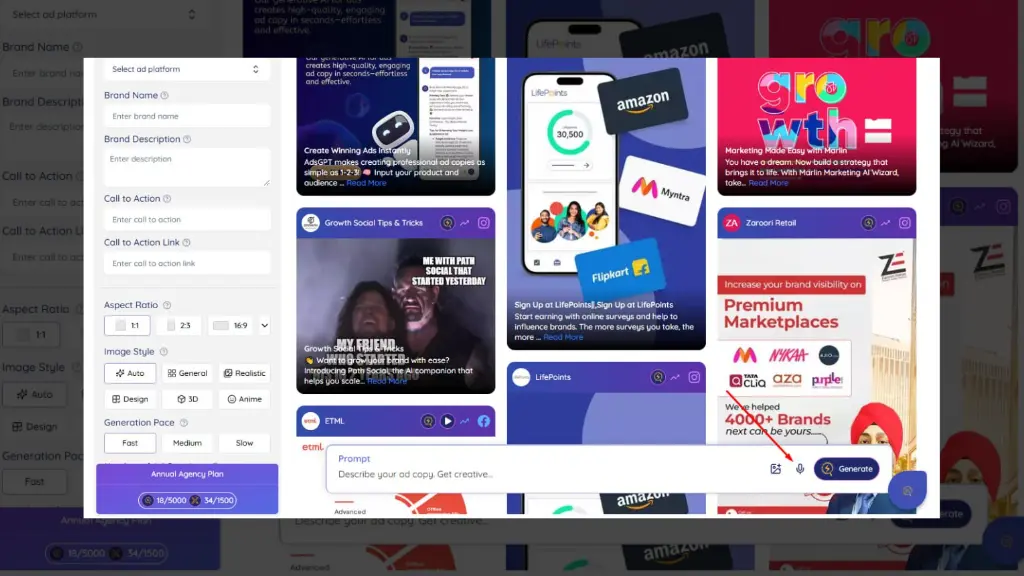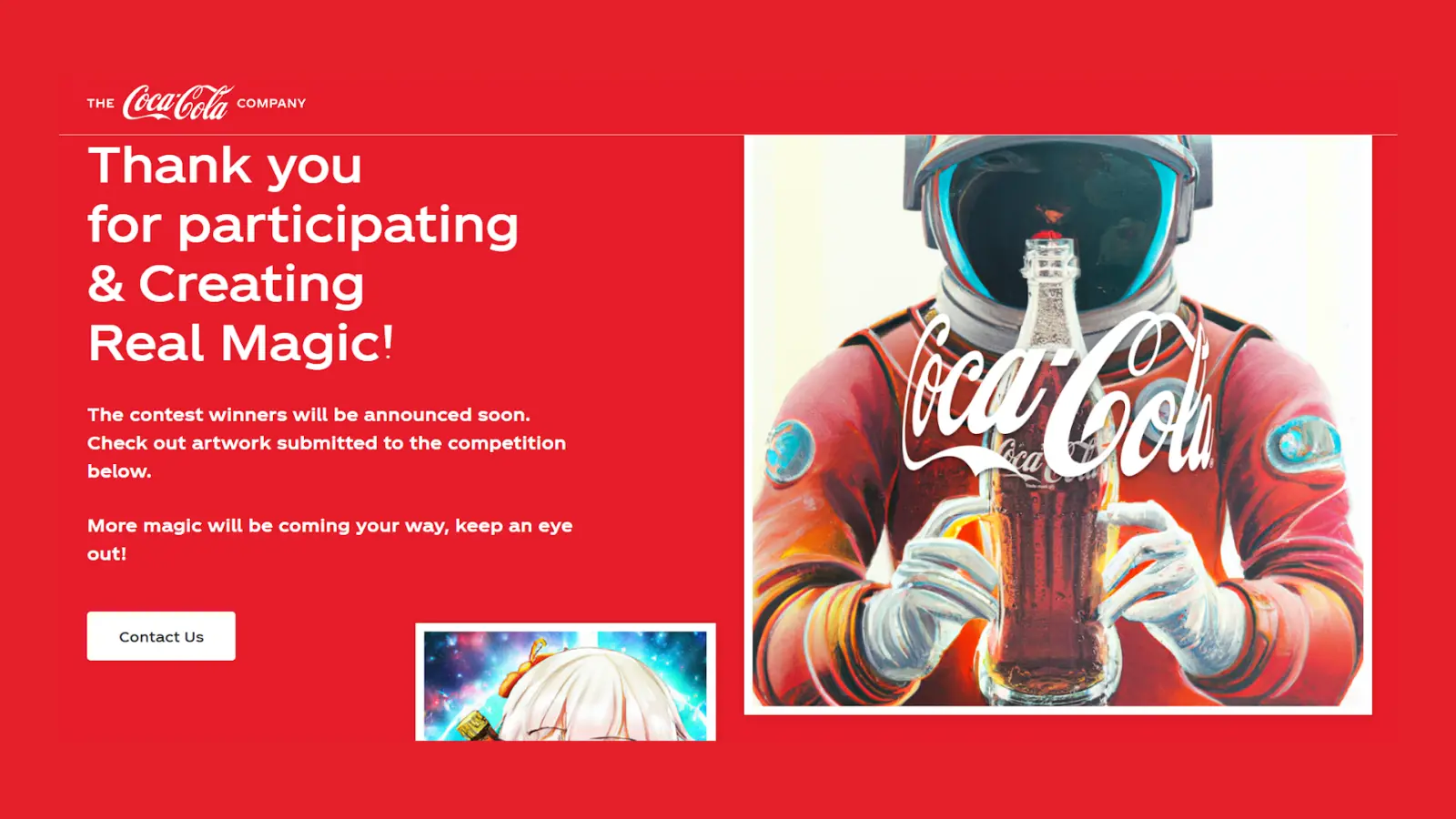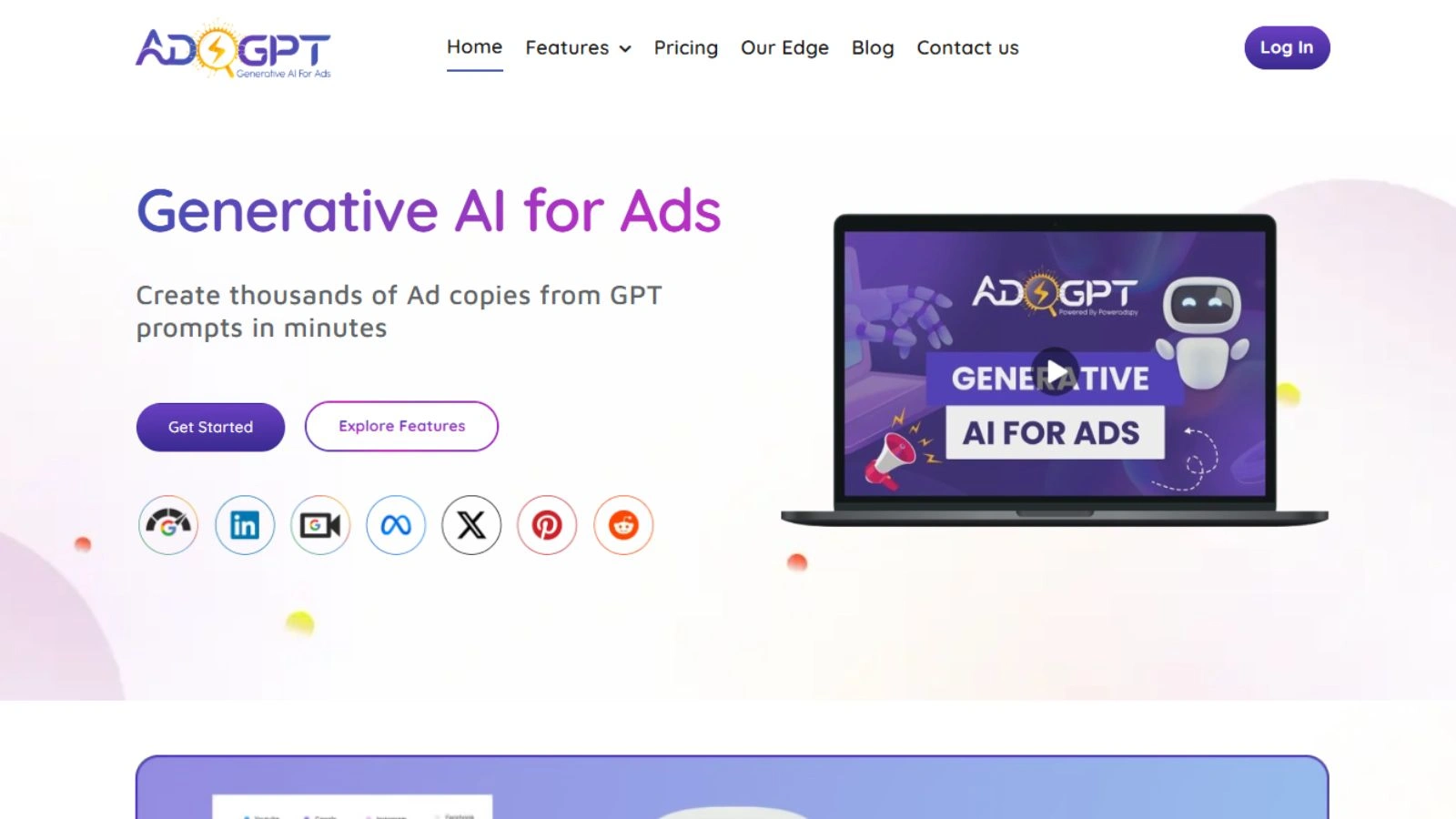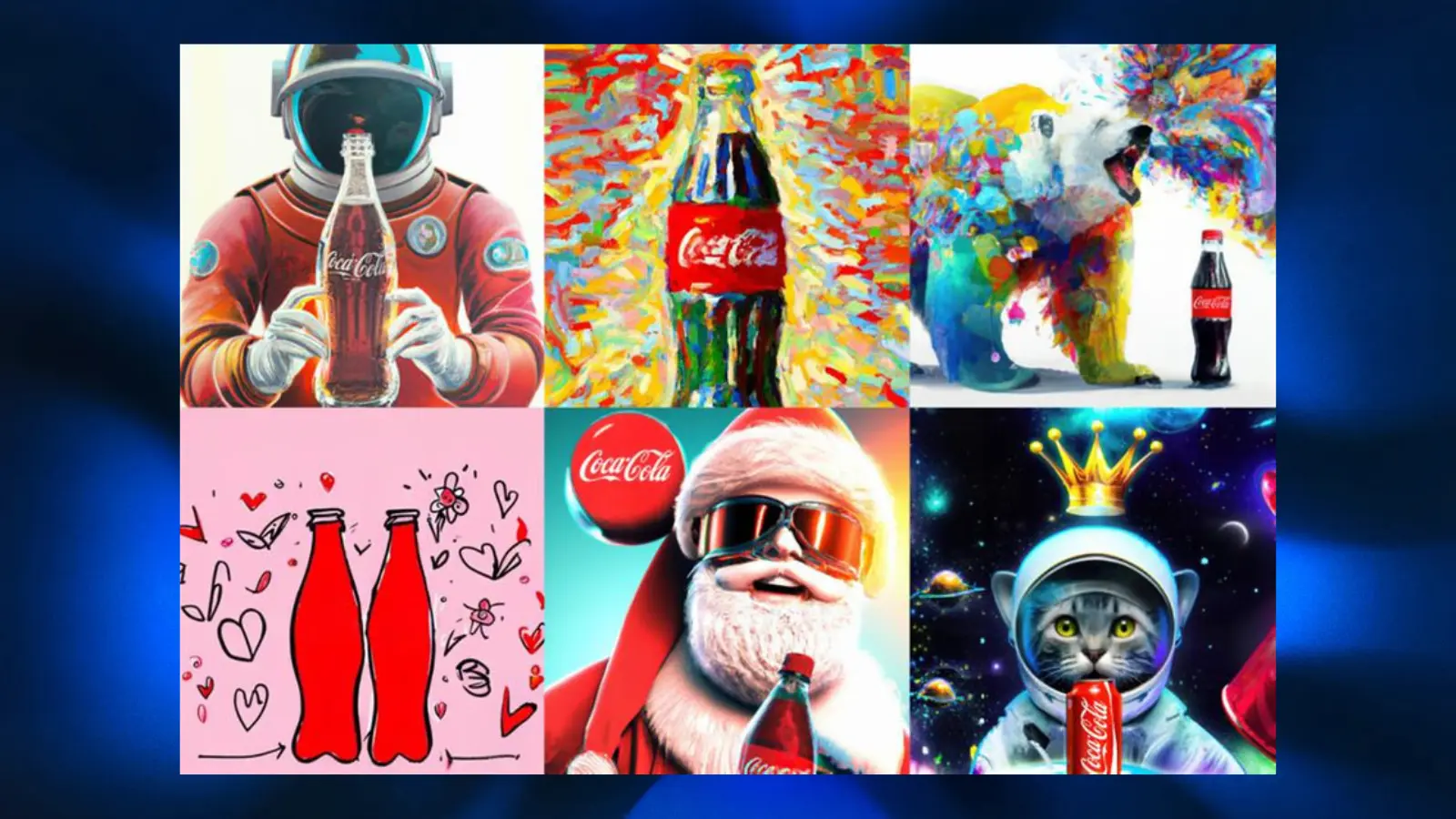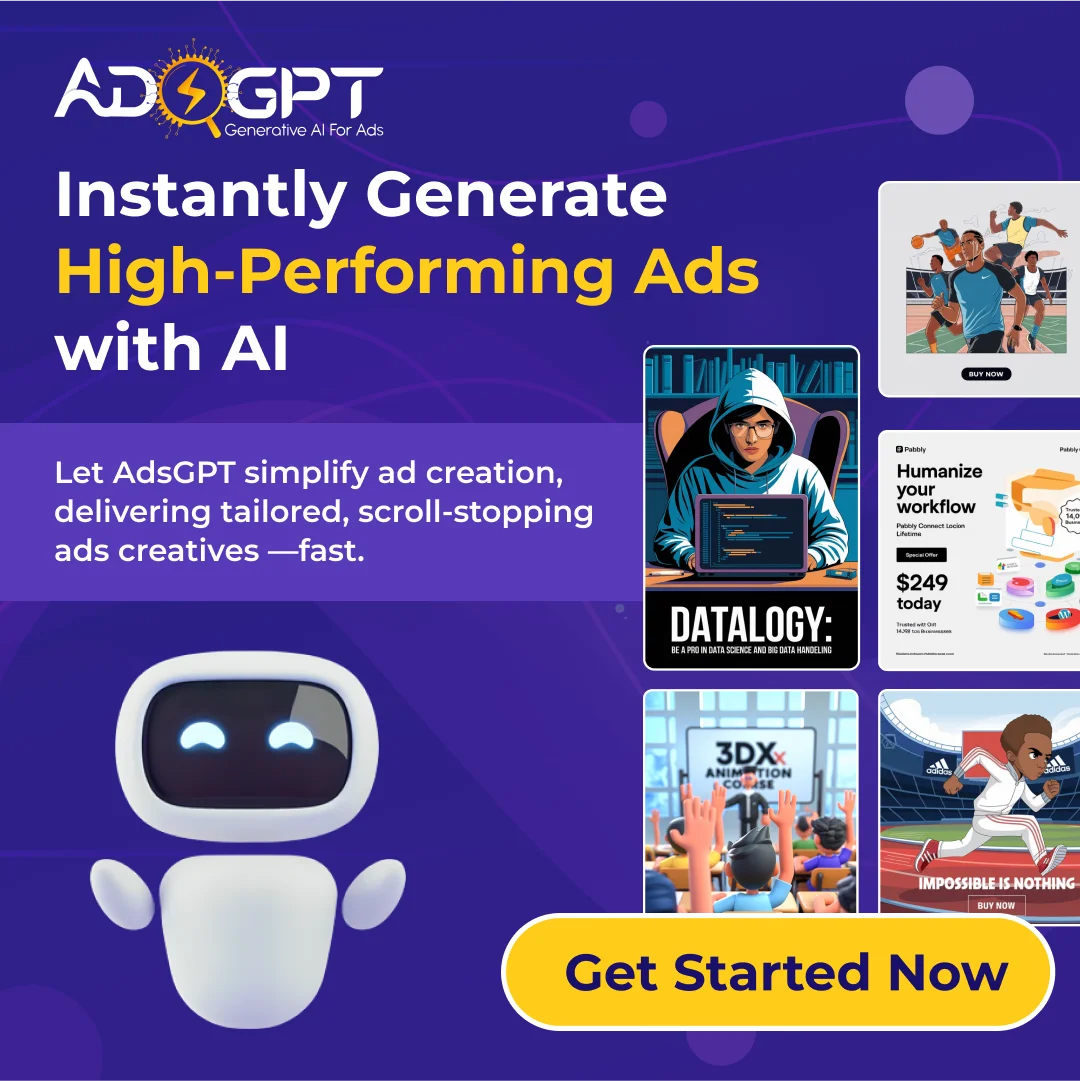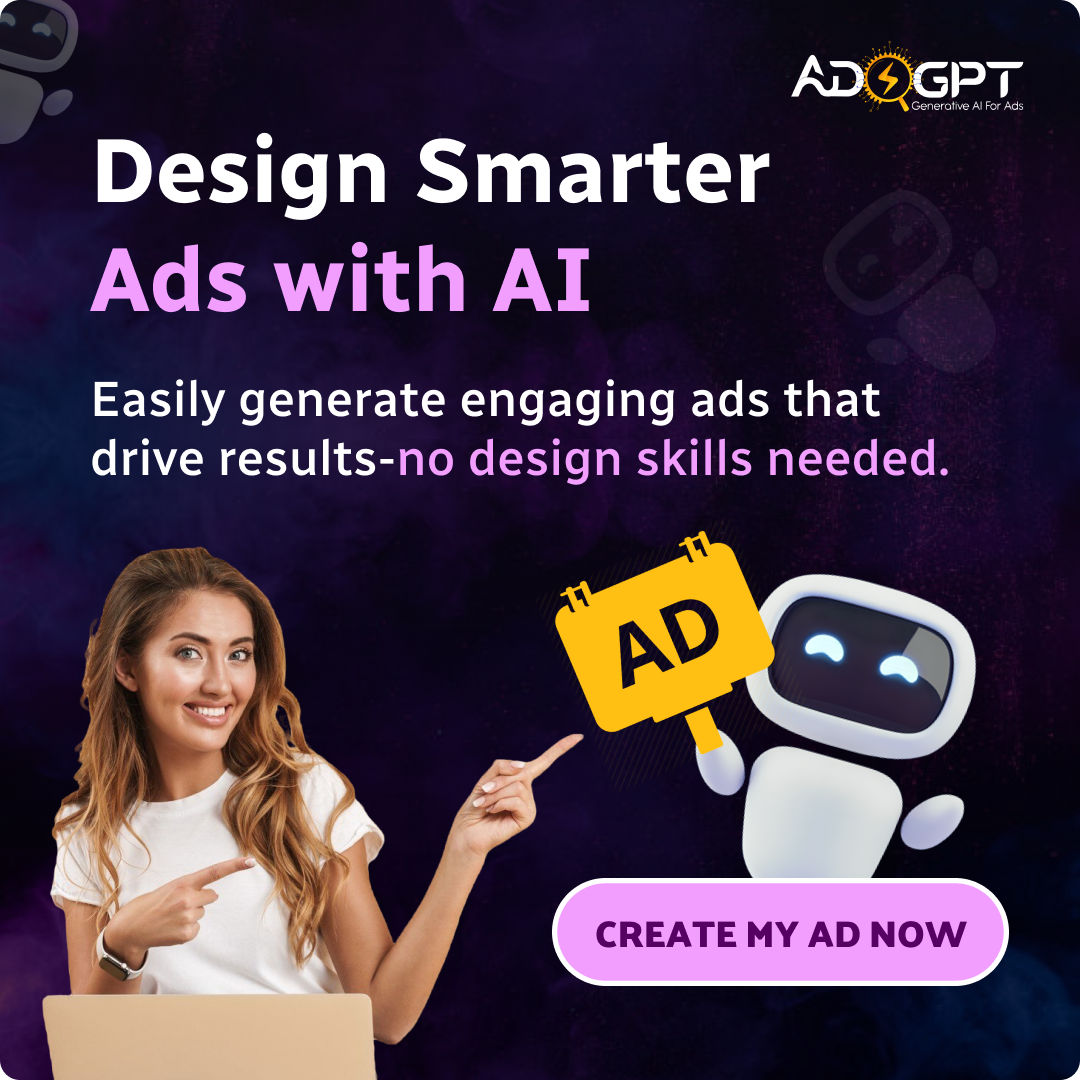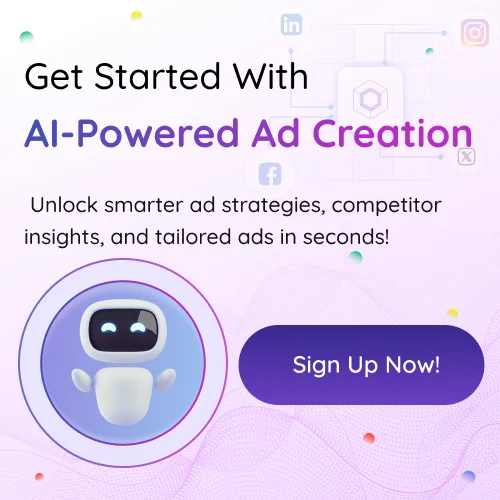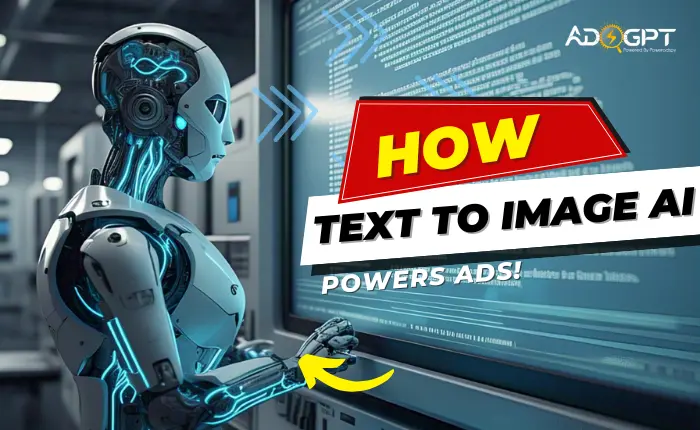
From dreamy concept visuals to sharp product mockups, the creative potential of text to image AI is rewriting the rulebook of advertising. This futuristic technology transforms simple text prompts into stunning visuals—fueling innovative ad ideas faster and more affordably than traditional design routes.
But how does this work? And more importantly, how are marketers and ad professionals using it to stay ahead of the curve?
Let’s dive into the power of text to image AI and why it’s becoming a must-have in the world of modern advertising.
A New Era Of Creativity In Advertising
In a time where attention spans are fleeting and visual content is king, advertisers are under pressure to deliver compelling campaigns at lightning speed. That’s where text to image AI steps in—offering tools that allow brands to brainstorm, conceptualize, and visualize ad ideas in seconds.
Instead of relying solely on graphic designers or stock photo sites, teams can now generate custom images using simple prompts like:
- “A luxury smartwatch on a marble surface with golden hour lighting”
- “A futuristic sneaker design in neon city streets”
From quirky ideas to photorealistic renderings, AI text to image tools help translate concepts into visuals almost instantly—bringing the creative process to life in a whole new way.
How Text To Image AI Works?
At the heart of this innovation are advanced neural networks trained on millions of image-text pairs. These models learn how specific words relate to visual elements like color, shape, style, and emotion.
Here’s a simplified breakdown of the process:
- Training the model – AI systems are fed large datasets of labeled images and accompanying text to understand associations between language and visuals.
- Latent space encoding – The data is converted into a “latent space,” a sort of creative playground where concepts are mapped mathematically.
- Image generation – When a user inputs a text prompt, the AI retrieves relevant patterns from the latent space and generates an image from scratch—no stock photos or copied assets involved.
Modern models use diffusion techniques, which refine a noisy image step-by-step until it becomes a sharp, clear visual. Think of it like sculpting—each pass chips away the randomness to reveal something polished.
The Rise of Generative AI for Ad Creation
The advertising world is embracing generative AI for ad creation because it solves three major problems:
- Time constraints: AI can generate ad visuals in seconds.
- Budget concerns: No need to pay for stock photos, photographers, or designers for every iteration.
- Creative roadblocks: AI prompts can inspire and expand on ideas that creatives might never have thought of.
Campaigns that once took weeks to visually prototype can now be mocked up in a single brainstorming session. For example, a fashion brand could use text to image AI to explore seasonal campaign aesthetics—from dreamy spring florals to bold urban winter vibes—all without needing to book a studio.
Ethical and Artistic Debates
When Jason Allen won an art competition in 2022 using an AI-generated piece titled Théâtre D’opéra Spatial, it sparked a heated debate about what it means to be an artist in the age of automation.
Critics questioned whether AI-generated art counts as “real” art. Others worried about the future of creative careers. And while those concerns are valid, there’s another angle: collaboration.
Rather than replacing human creativity, text to image AI can enhance it—becoming a digital collaborator that sparks new directions and pushes boundaries. It doesn’t replace vision; it helps bring it to life faster.
Real-World Applications in Advertising
Here’s how businesses and agencies are using AI for ad creation in the real world:
1. Rapid Ad Mockups
Designers can quickly visualize multiple ad concepts to present to clients or stakeholders—streamlining the feedback loop.
2. Localized Campaigns
Need variations of the same campaign with different cultural elements? AI-generated visuals make it easy to swap environments, colors, or characters for different regions.
3. A/B Testing Creativity
Marketers can easily create multiple ad versions using unique imagery and run performance tests—without racking up design costs.
4. Prototype Product Concepts
Before launching a product, brands can showcase realistic renders based on basic prompts, helping gather early feedback or preorders.
5. Inspirational Moodboards
Creative teams often struggle to visualize a vibe or emotion. AI tools can create a series of visuals that convey a mood instantly.
Also Read: –
How AI Ad Creation Works: A Simple Overview
Top 12 Use-Cases Of Generative AI In Advertising
Writing Effective Prompts: The Secret Sauce
Your input matters more than you think. A clear, descriptive prompt helps the AI generate better, more targeted visuals. That’s why marketers are now honing the craft of the AI image prompt—a skill that’s part creative writing, part UX design.
Pro Tip: Include these in your prompts
- Subject and object descriptions
- Colors, lighting, or time of day
- Mood or style (e.g., “cyberpunk,” “studio lighting,” “watercolor”)
- Composition cues (e.g., “close-up,” “overhead view”)
AI Image Prompt Examples
Here are a few examples that have delivered strong results:
- “A female astronaut floating above Earth with neon glitch effects”
- “A product mockup of a sustainable shampoo bottle on a beach with soft lighting”
- “Minimalist ad poster with bold red background and futuristic typography”
These aren’t just cool images—they’re the foundation of a full campaign.
Pairing Visuals With Ad Copy
Of course, visuals are only half of an ad. You still need the perfect words to drive clicks and conversions. That’s where tools like AdsGpt come in—designed specifically for marketers, it helps generate tailored ad copy in seconds based on your campaign objective, product, or audience. Pair it with your AI-generated visuals, and you’ve got a winning formula for high-performing ads in record time.
Imagine this: You type in “launch ad for a luxury smartwatch,” and within seconds, AI provides both the product image and compelling ad copy like:
“Time, redefined. Meet the future of smart wearables—sleek, intuitive, and endlessly stylish.”
Suddenly, you’ve got everything you need for an Instagram carousel, a banner ad, or a landing page. In today’s fast-paced digital world, this kind of efficiency can mean the difference between being first to market or playing catch-up.
Unlock Smarter Ad Copy Generation With AdsGpt
If you’re serious about leveling up your ad game, AdsGpt is the secret weapon you didn’t know you needed. This AI-powered tool is built to save time, spark creativity, and ensure your ad copy aligns perfectly with both your audience and platform.
Instant Ad Copy Generation
Create tailor-made ad copies for platforms like Google, Meta, LinkedIn, Twitter, and more—at lightning speed. Just input your idea or product, and AdsGpt does the rest.
AI-Powered Creativity
Let the AI do the heavy lifting. AdsGpt crafts high-performing, engaging ads based on your brief, tone, and the latest industry best practices—so you can skip the blank-page struggle.
Platform-Specific Optimization
Every ad platform has its own style. With AdsGpt, your copy is automatically fine-tuned to meet each platform’s requirements, ensuring maximum impact where it matters most.
Get Inspired by Competitor Ads
Need fresh ideas? Analyze competitor ads, pick one that stands out, and let AdsGpt generate a similar version tailored to your brand in seconds.
Keep Track of Your Creations
Never lose a great idea again. AdsGpt stores your ad copy history, making it easy to revisit, refine, or repurpose content whenever inspiration strikes.
From inspiration to execution—AdsGpt helps marketers turn great ideas into scroll-stopping, click-worthy campaigns in no time.
The Future of Advertising with AI
As text to image AI continues to improve, we’ll likely see even more advanced applications:
- Video ads from text – Imagine creating a commercial from a few typed lines.
- Personalized visuals – Ads tailored to user preferences in real-time.
- Interactive campaigns – Let users generate their own versions of an ad.
Brands who embrace this early will stand out not only for their creativity but also for their speed and adaptability.
Final Thoughts
The creative world is changing, and text to image AI is at the forefront of this transformation. Whether you’re an ad agency, solo entrepreneur, or global brand, these tools unlock a new dimension of innovation, efficiency, and artistic possibility.
From drafting wild campaign ideas to generating polished visuals, AI is not just enhancing advertising—it’s redefining it.
So the next time you’re facing a blank canvas, consider letting text to image AI be your muse.

